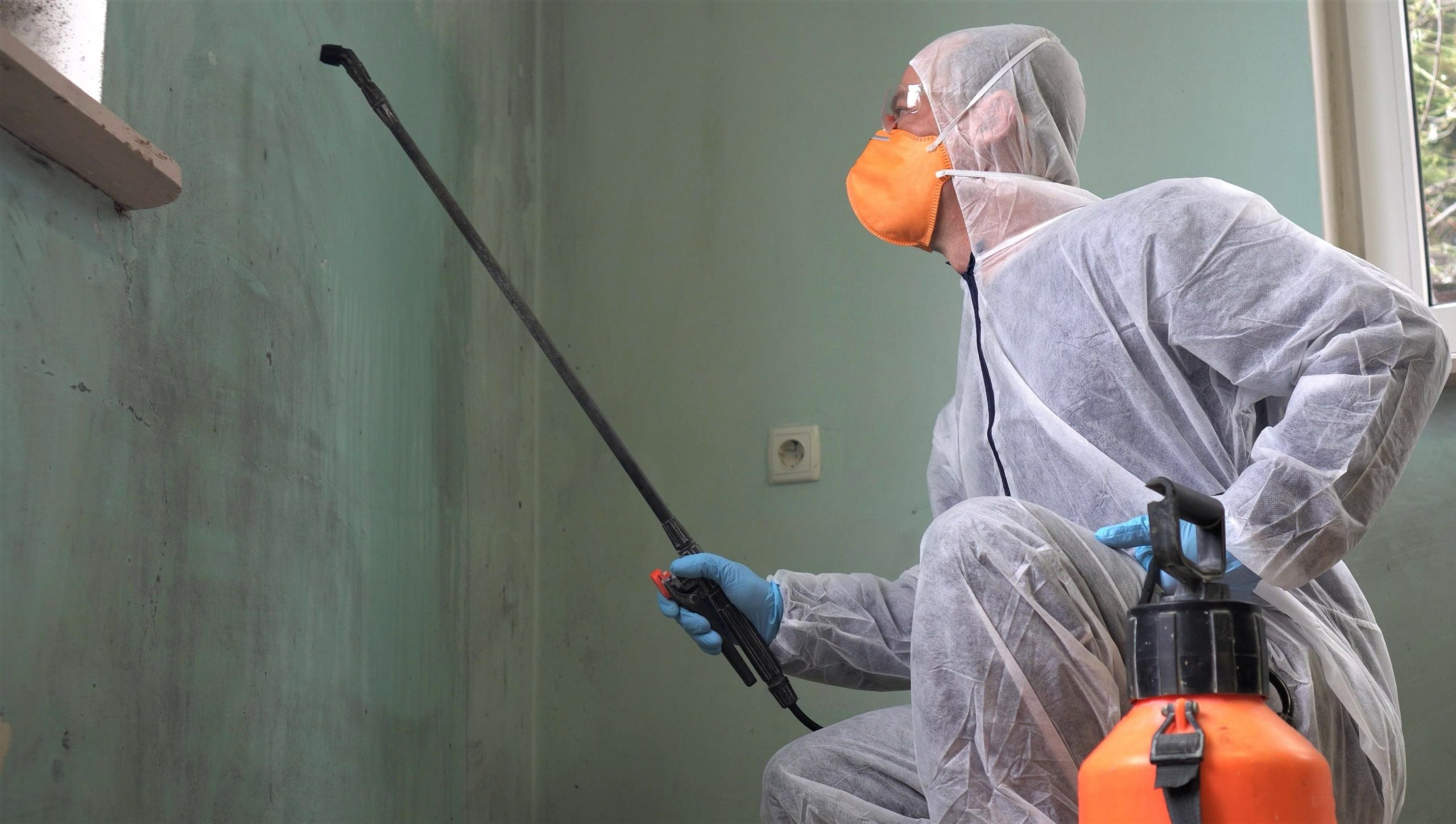Here are just a few of the many ways you can put salt to good use in your home
 How many ways can you use salt? According to the Salt Institute, about 14,000! I can’t think of another more versatile mineral. The use of salt to preserve food was one of the early cornerstones of civilization (preservation lessened the dependence on seasonal food, and provided sustenance for traveling over long distances). However, salt was very difficult to obtain. With modern production methods, nowadays salt is the most common and readily available nonmetallic mineral in the world; in fact, the supply of salt is inexhaustible.
How many ways can you use salt? According to the Salt Institute, about 14,000! I can’t think of another more versatile mineral. The use of salt to preserve food was one of the early cornerstones of civilization (preservation lessened the dependence on seasonal food, and provided sustenance for traveling over long distances). However, salt was very difficult to obtain. With modern production methods, nowadays salt is the most common and readily available nonmetallic mineral in the world; in fact, the supply of salt is inexhaustible.
Since at least medieval times salt (sodium chloride) has been used for cleaning–and ensuing generations have continued to rely on it for all kinds of nifty tricks around the house. (Ah, for the days before toxic chemicals promised the convenience of an easy fix!) So with its non-toxic friendliness and top-dog status as an endlessly abundant resource, let’s jump on the granny bandwagon and swap out some toxic solutions for ample, innocuous and inexpensive salt.
But first, let my inner science geek pipe in for just a second (although if I eat dinner with you, I promise not to ask you to please pass the sodium chloride). There is a whole class of chemical compounds called “salts,” but the salt we’re talking about is good old sodium chloride–an ionic compound with the formula NaCl. Sodium chloride is the salt most responsible for the salinity of the oceans and of the extracellular fluid of many multicellular organisms (which is why it is vital for us), and the major ingredient in edible salt. There are a number of forms of salt produced for consumption (and by default, housekeeping!): unrefined salt (such as sea salt), refined salt (table salt), and iodized salt. Kosher salt is sodium chloride processed to have flat crystals. And in case you’re wondering, Epsom salt is an entirely different animal: magnesium sulfate to be exact (which is a salt that I consider to be, essentially, miraculous).
Okay, lab coat off, Hints-from-Heloise hat on. Here are just a few of the many ways you can put salt to good use in your home:
Cleaning
Salt works as an effective yet gentle scouring agent. Salt also serves as a catalyst for other ingredients, such as vinegar, to boost cleaning and deodorizing action. For a basic soft scrub, make a paste with lots of salt, baking soda and dish soap and use on appliances, enamel, porcelain, etc.
 Clean sink drains. Pour salt mixed with hot water down the kitchen sink regularly to deodorize and keep grease from building up.
Clean sink drains. Pour salt mixed with hot water down the kitchen sink regularly to deodorize and keep grease from building up.
Remove water rings. Gently rub a thin paste of salt and vegetable oil on the white marks caused by beverage glasses and hot dishes, on wooden tables.
Clean greasy pans. Cast-iron skillets can be cleaned with a good sprinkling of salt and paper towels.
Clean stained cups. Mix salt with a dab of dish soap to make a soft scrub for stubborn coffee and tea stains.
Clean refrigerators. A mix of salt and soda water can be used to wipe out and deodorize the inside of your refrigerator, a nice way to keep chemical-y cleaners away from your food.
Clean brass or copper. Mix equal parts of salt, flour and vinegar to make a paste, and rub the paste on the metal. After letting it sit for an hour, clean with a soft cloth or brush and buff with a dry cloth.
Clean rust. Mix salt and cream of tartar with just enough water to make a paste. Rub on rust, let dry, brush off and buff with a dry, soft cloth. You can also use the same method with a mix of salt and lemon.
Clean a glass coffee pot. Every diner waitress’ favorite tip: add salt and ice cubes to a coffee pot, swirl around vigorously, and rinse. The salt scours the bottom, and the ice helps to agitate it more for a better scrub.





